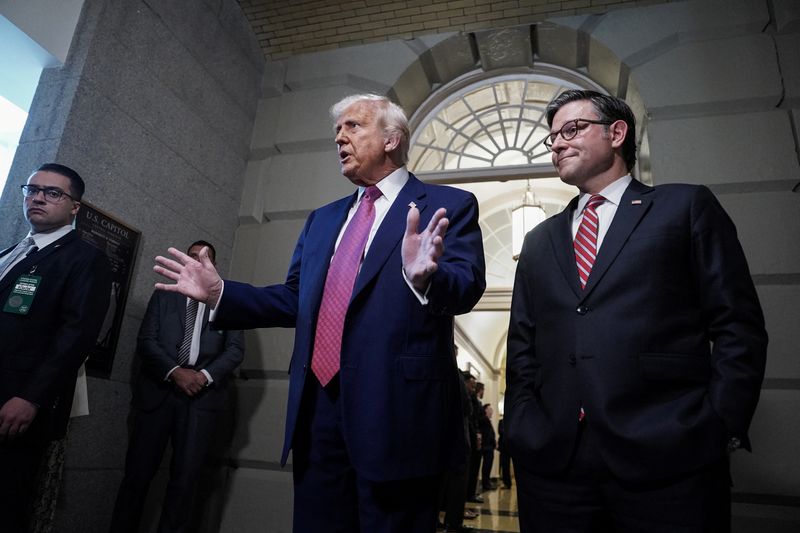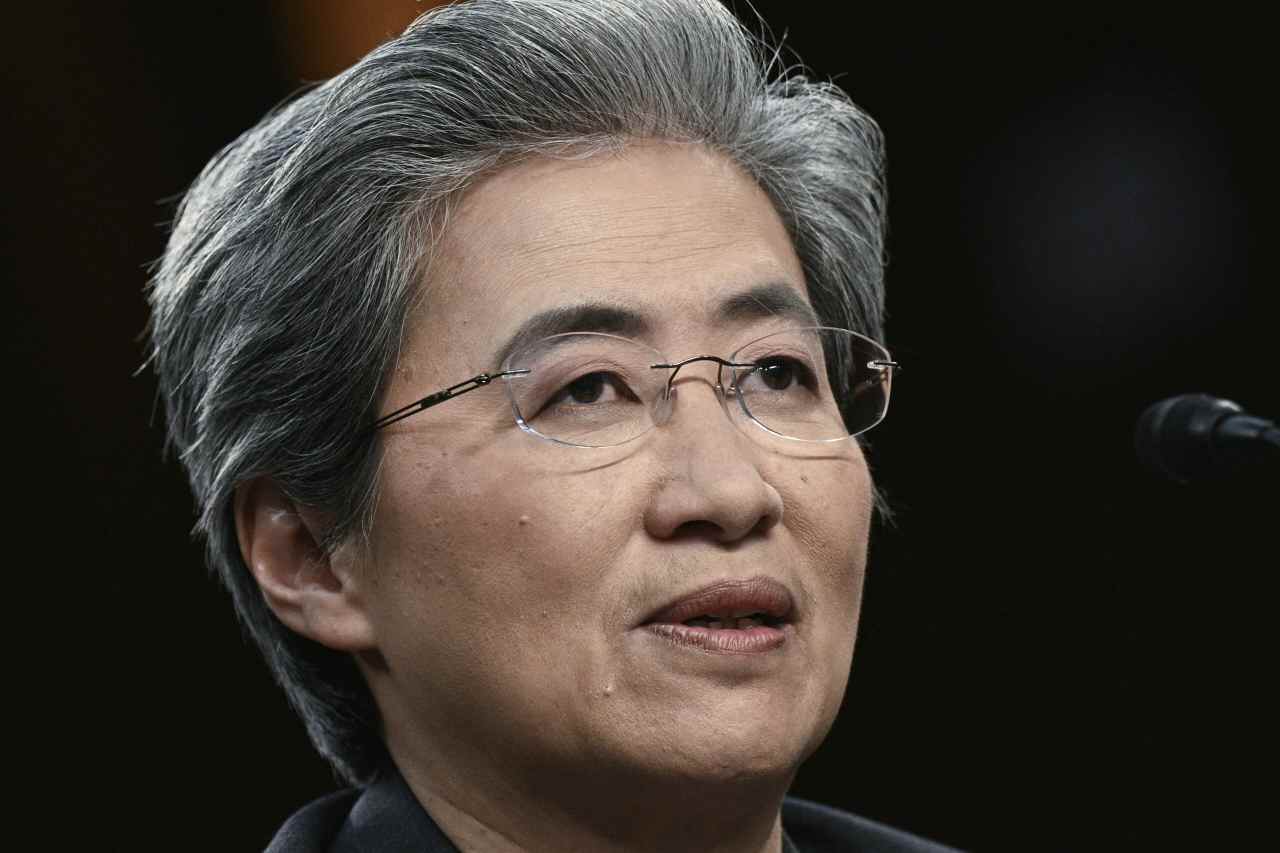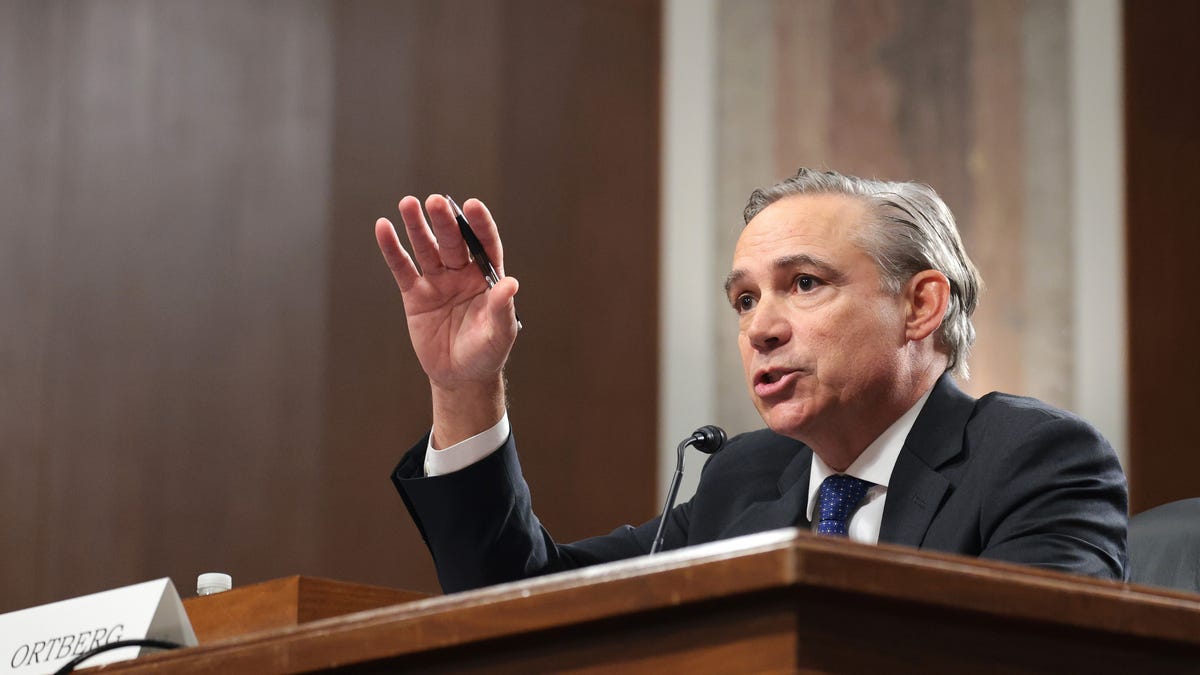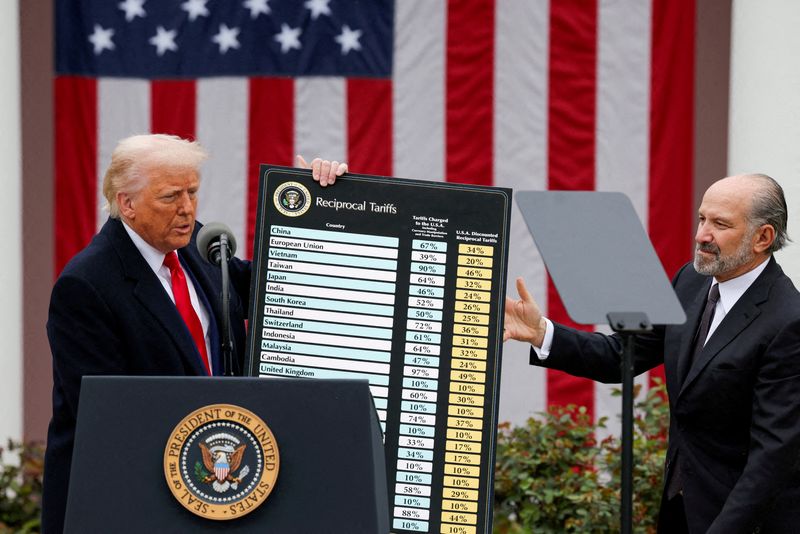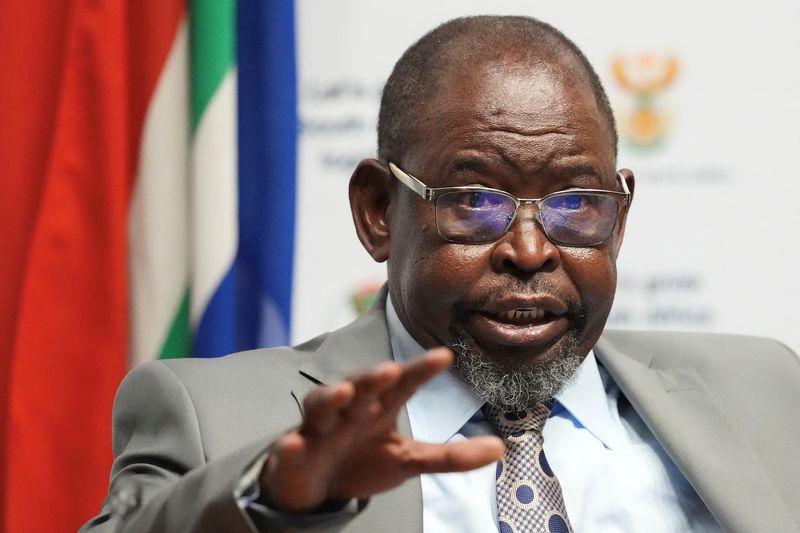Mali’s literacy project taught thousands of young people to read and write. Trump’s USAID cuts shut it all down
Thousands of people who now find themselves stranded in Mali, a country ravaged by high poverty where 70% of the population can't read or write.

MOUNTOUGOULA, Mali (AP) — For Aminata Doumbia, an 18-year-old Malian, the “Shifin ni Tagne” project was a path for her life dreams. A phrase meaning “our future” in the country’s main local language, it refers to a yearslong program aimed at teaching around 20,000 young Malians to read and write in their local languages.
Backed by $25 million in funding from the U.S. Agency for International Development, or USAID, over five years, the project has now shut down following the Trump administration’s decision to cut 90% of the agency’s foreign aid.
“The joy I felt when I was selected for this project has been replaced by sadness,” said Doumbia in Mali’s capital, Bamako.
She had hoped to take advantage of the empowerment program to train as a pastry chef.
”I don’t have any hope of realizing my dream (again),” Doumbia said.
Poverty and illiteracy
Doumbia is among thousands of people who now find themselves stranded in Mali, a country ravaged by high poverty and insecurity levels and where 70% of the population of at least 22 million people haven’t had the opportunity to learn to read and write, according to Sylla Fatoumata Cissé, director of a government agency focusing on nonformal education and national languages in Mali.
The USAID funding cut also came at a time when Mali’s other development partners in Europe have withdrawn their support in the aftermath of the 2021 coup, which brought the current junta leader, Assimi Goita, to power.
A path to empowerment
For many, the literacy project was the only path to literacy and empowerment.
Once literate, program beneficiaries move on to the next stage, which involves the acquisition of vocational skills like hairdressing, carpentry, sewing, welding, and pastry-making, according to Modibo Sissoko, literacy supervisor at the Malian Association for Survival in the Sahel nonprofit involved in the “Shifin ni Tagne” project.
These skills enable the economically disadvantaged to create jobs for themselves, earn a living or support their families, Sissoko said.
Local languages vs. French
“With the teaching of mother tongues, it’s possible to move quickly towards mass literacy among the population,” said Issiaka Ballo, a professor and researcher in native languages at Mali’s University of Bamako.
On the other hand, “only 30% of the population has been educated in French,” the common language in the country, he added.
USAID’s involvement in Mali had made it the primary development partner of the government. The abrupt end of its assistance hit not only the literacy programs, but also others designed to increase adult education and expand the literacy project to public schools.
The Gaoussou Dabo School in the Malian capital, Bamako, is among 1,000 schools that benefited from mother-tongue education thanks to funding from USAID.
Teachers trained for the program last year continue to teach, but the monitoring and evaluation aspect of the program has been withdrawn.
The funding cut was “a big shock for us,” said Amadi Ba, a counsellor at the Pedagogical Animation Center, which is in charge of the school in Bamako.
In a country where local language-education relies solely on funding from Mali’s development partners with little to no help from the government, concerns exceed its immediate impact on the education of children.
In 2023, Mali’s military government decided to make the country’s native tongues the official languages in place of French, which then became the “working language.” Official documents, including the constitution, the mining code and other texts, were then translated into the national languages.
The USAID cut will “certainly have a negative impact on the development of mother-tongue education, especially since it came in the middle of the school year,” Cissé said.
“We haven’t even had time to think about a mechanism to cushion the blow,” she added.
Training improves a farming business
While it lasted, the program was beneficial to many in various ways.
Oumou Traoré, a mother of two who grows onions and eggplants for a living, recalled how the training improved her farming business, particularly in pricing her goods in Bamako’s Mountougoula district.
“Since I learned to calculate the weight of my onions and keep my accounts in my mother tongue, I’ve started selling my onions myself,” said Traore, 29. “I now earn $95 instead of the $60 I used to get. This has encouraged me to grow other vegetables.”
A turn toward Russia
The 2021 coup resulted in the country turning to Russia as a key ally after severing ties with the West, including the U.S., which at some point was Mali’s leading foreign aid donor.
While some experts have said the withdrawal of U.S. aid may open the door for rivals such as Russia, whose mercenaries have been accused of human rights abuses and extrajudicial killings in the country, some say USAID has left a hole too large to be filled by others.
“It will be difficult to find takers for the projects left behind by USAID,” said Fatimata Touré, a development specialist and director of the Research, Study and Training Group civic group in Mali.
This story was originally featured on Fortune.com





